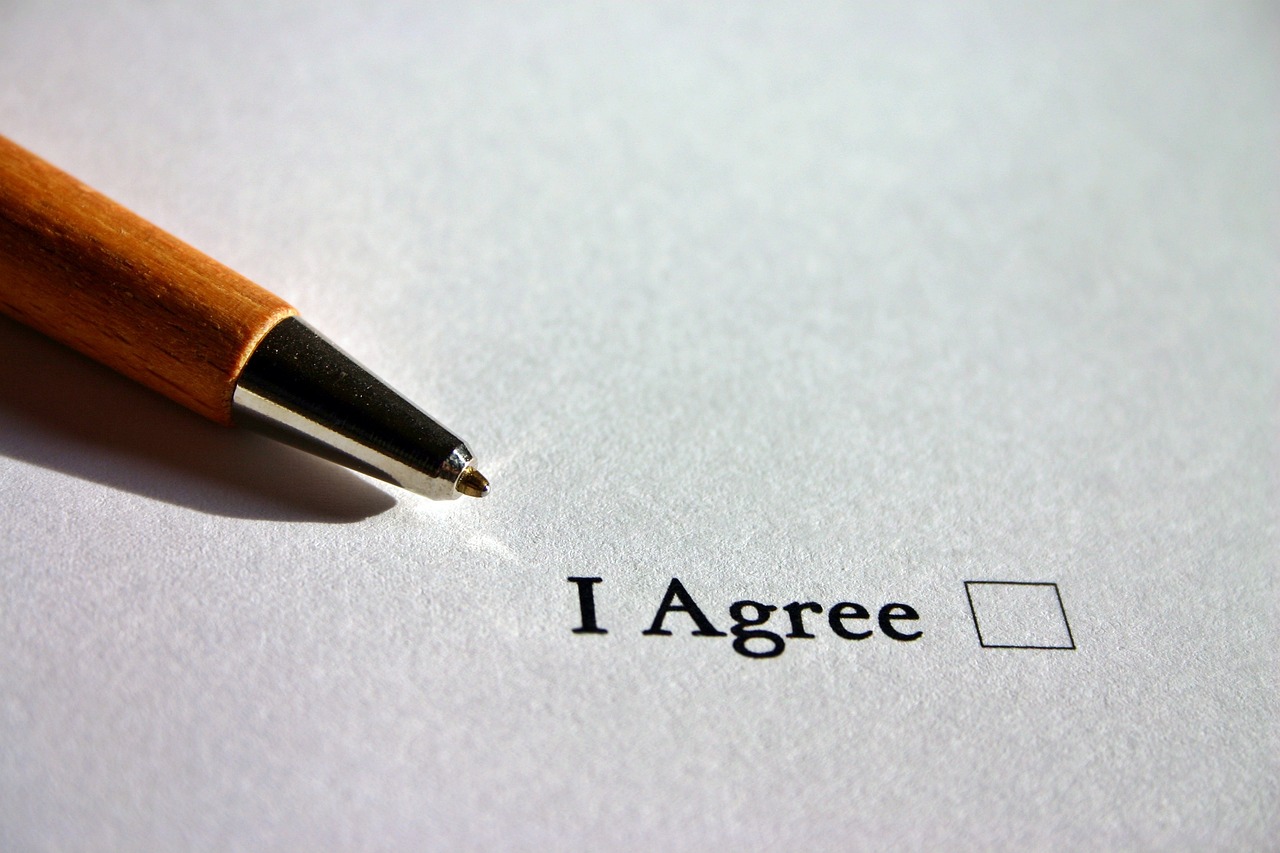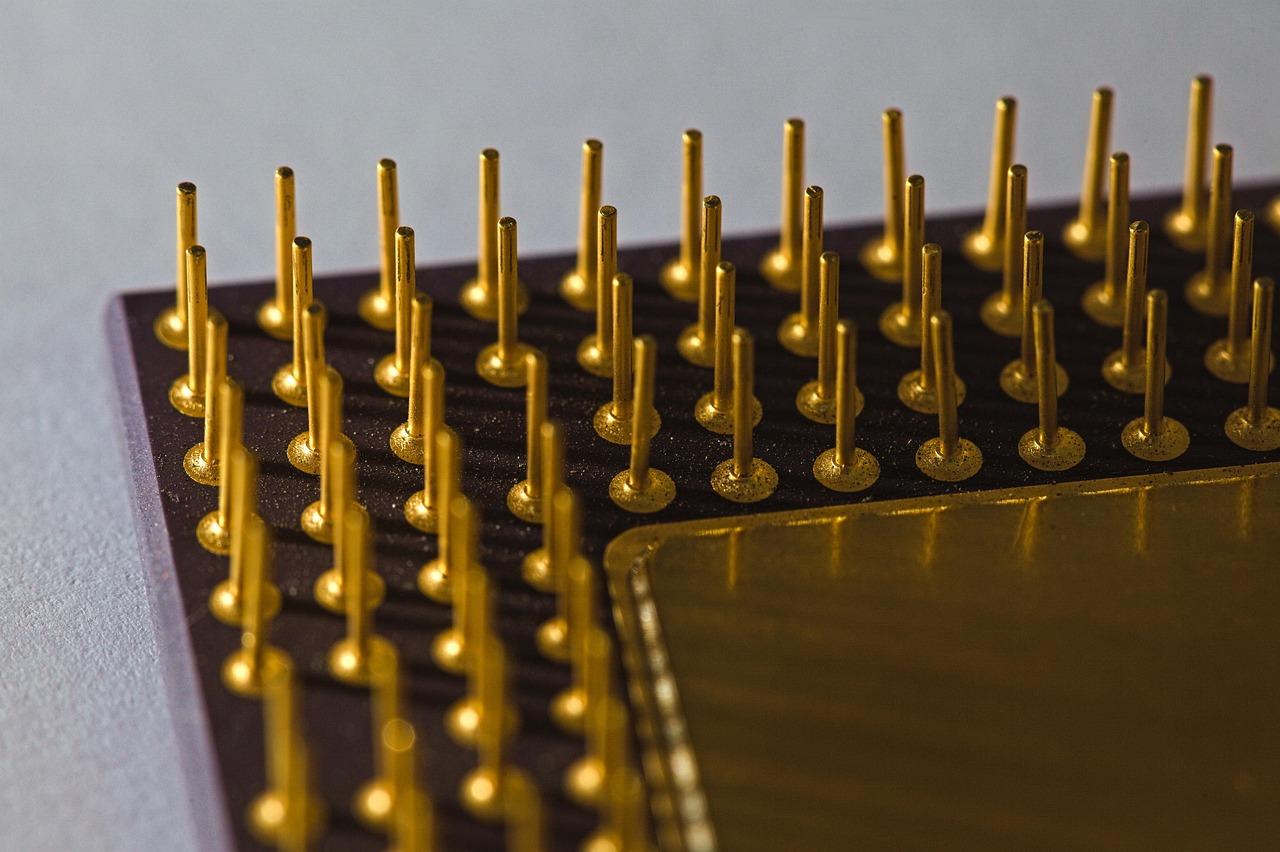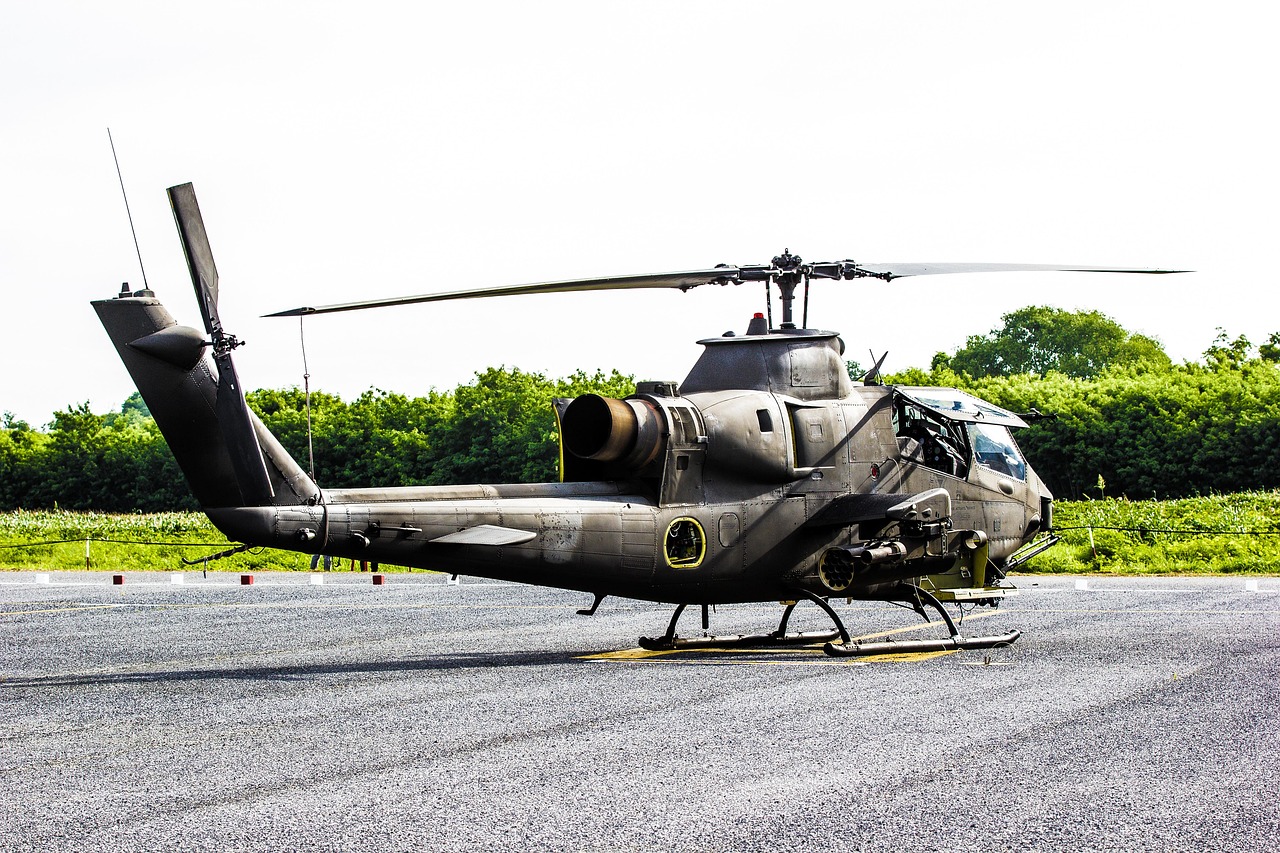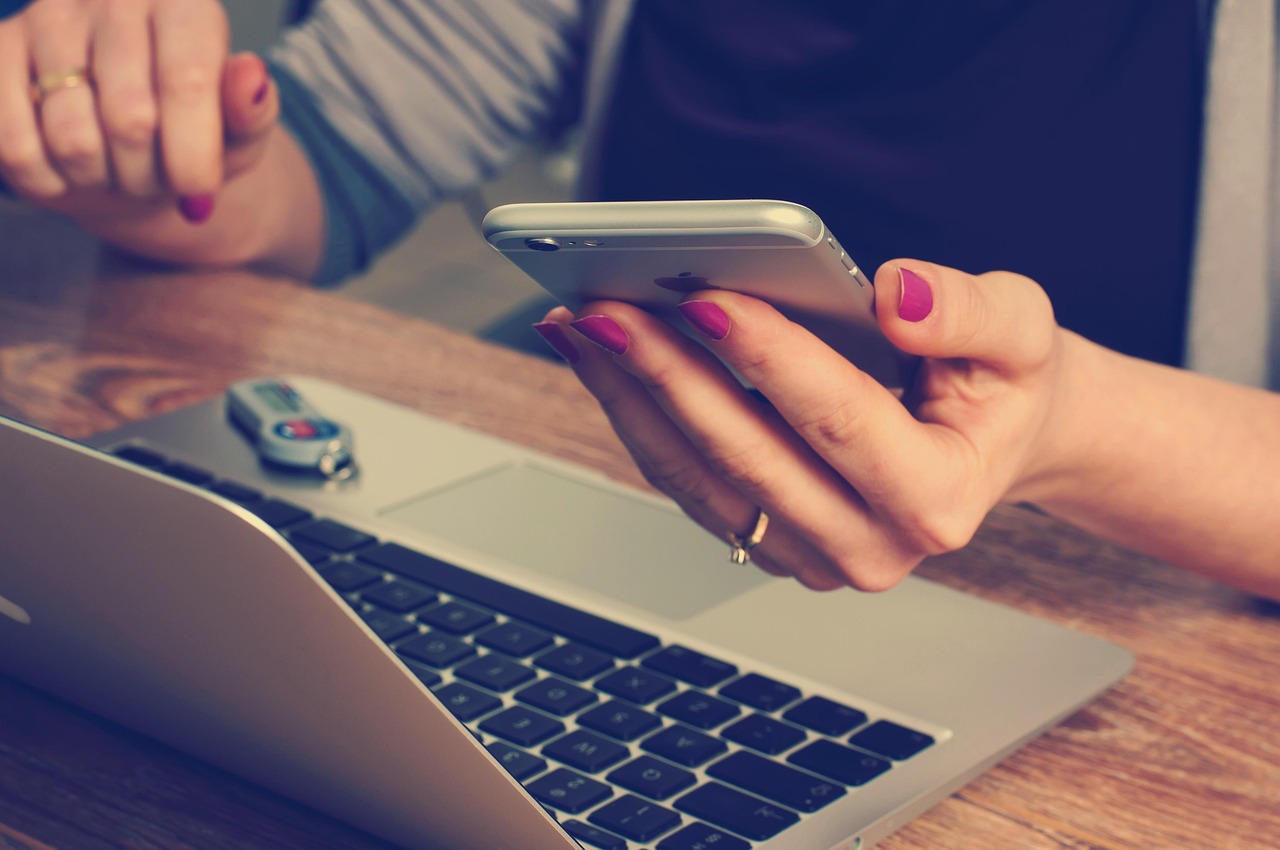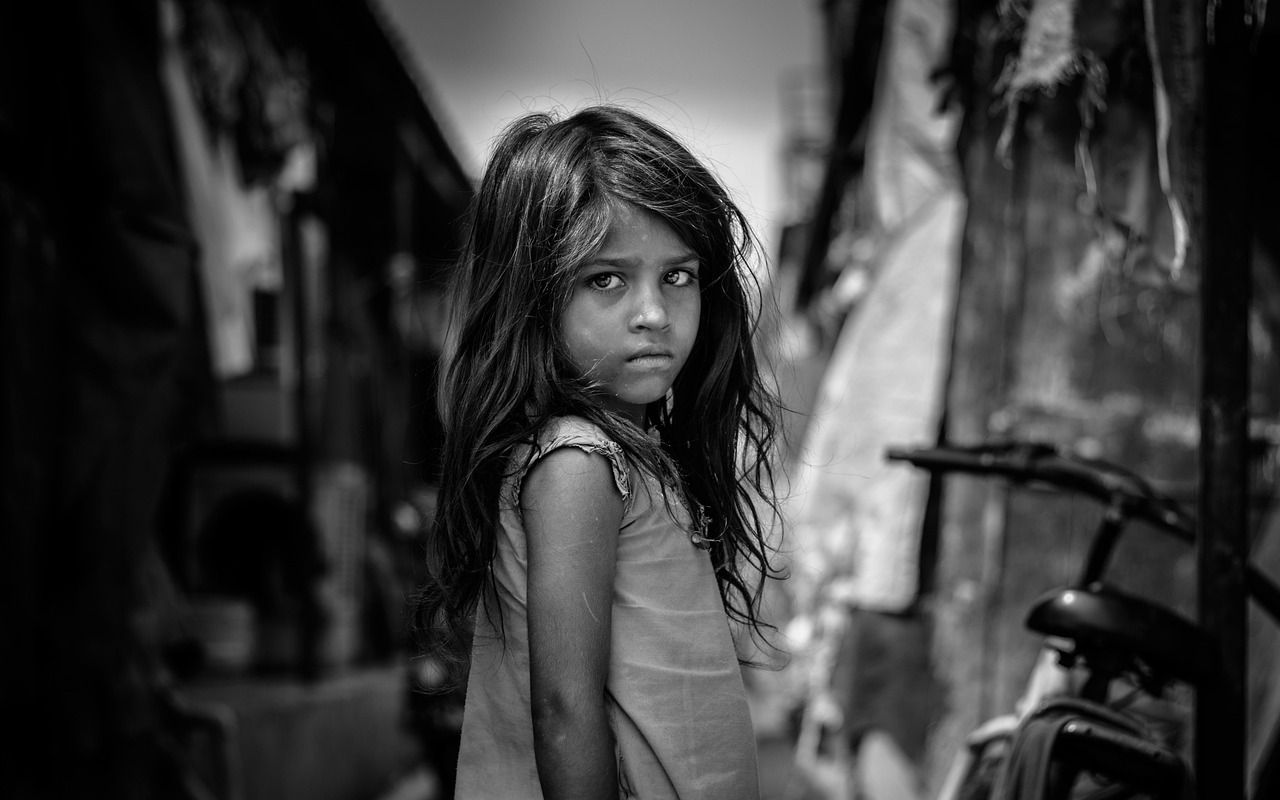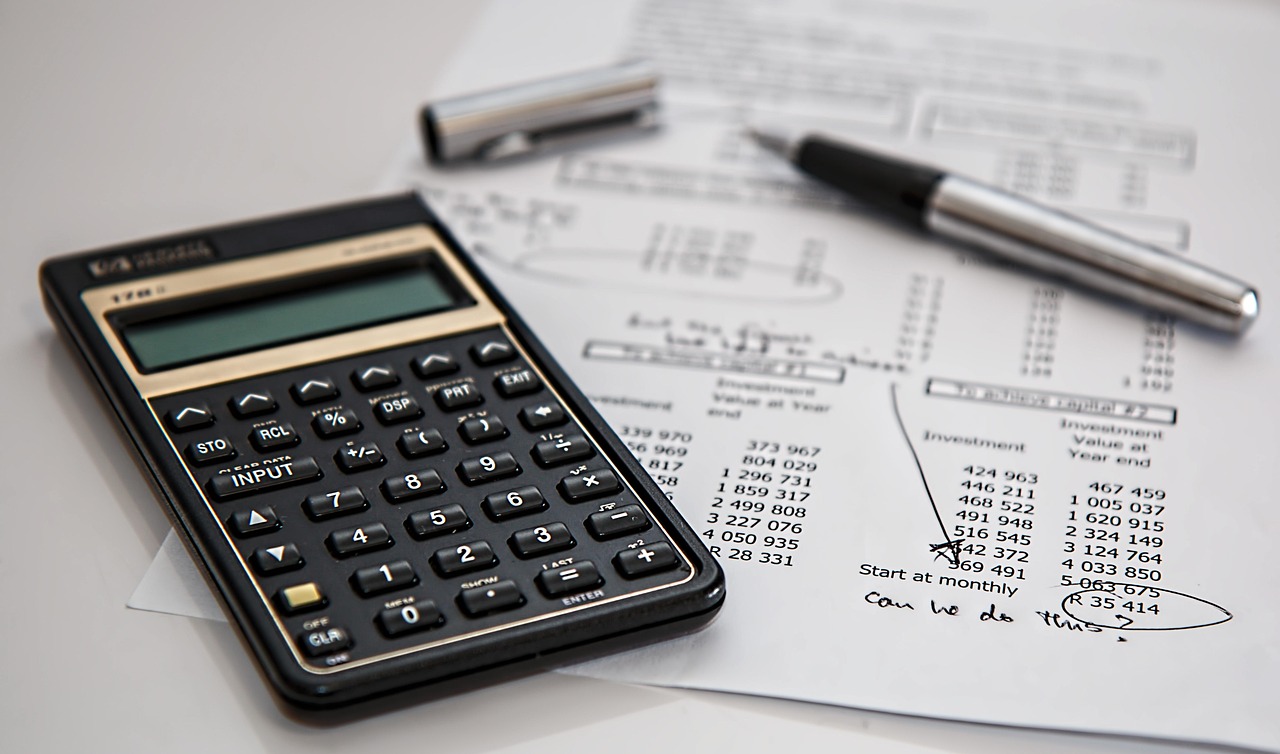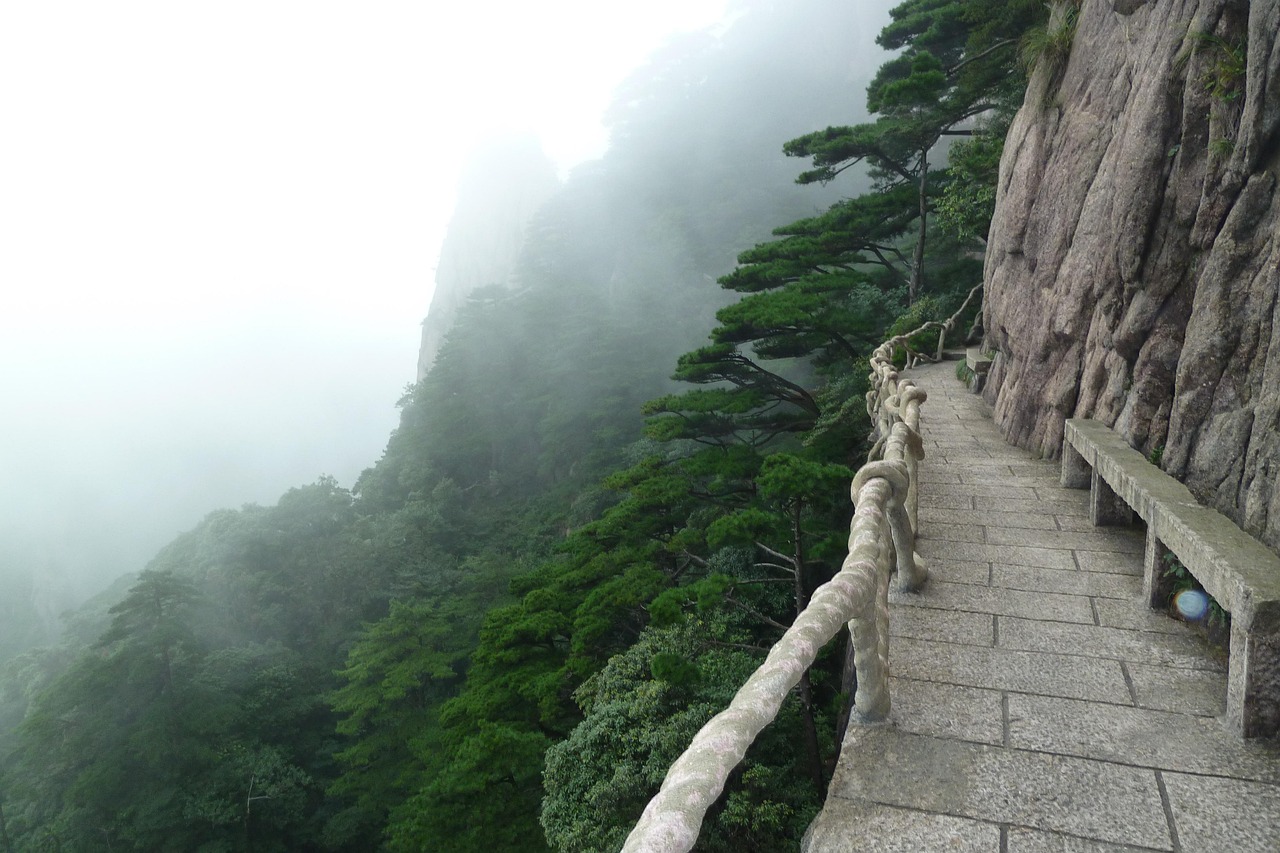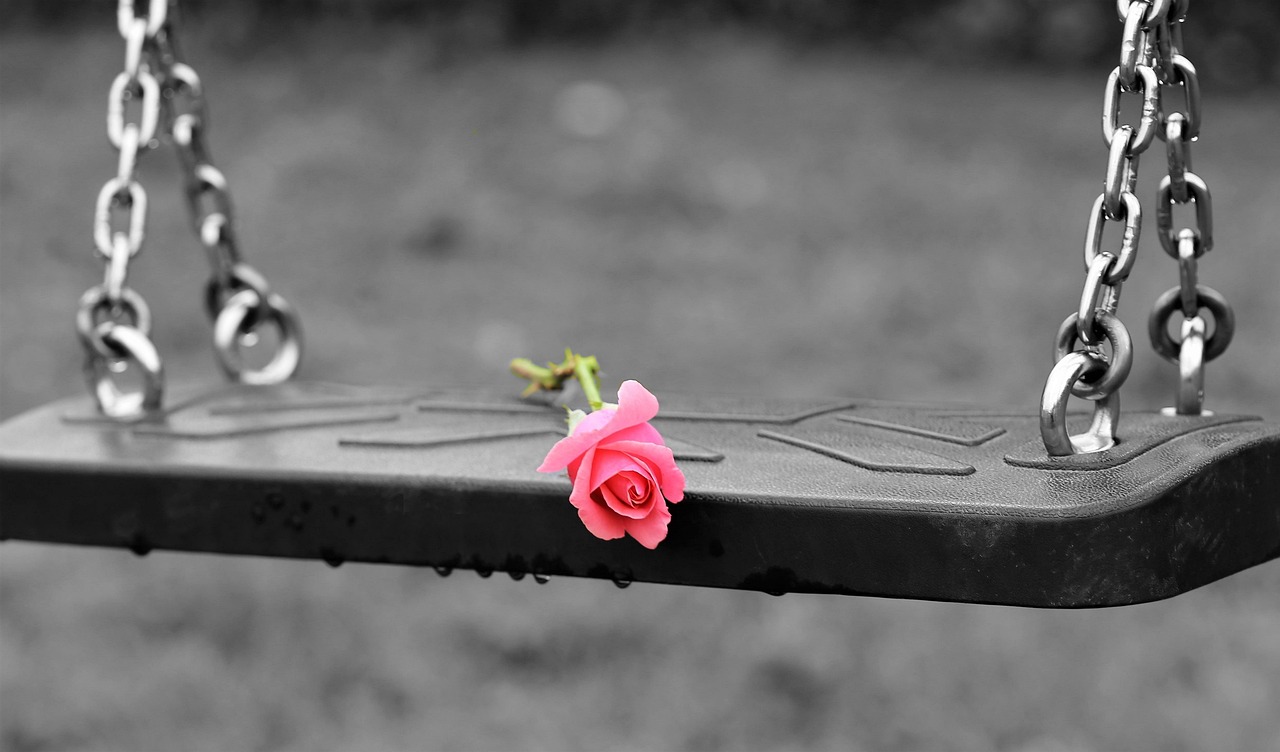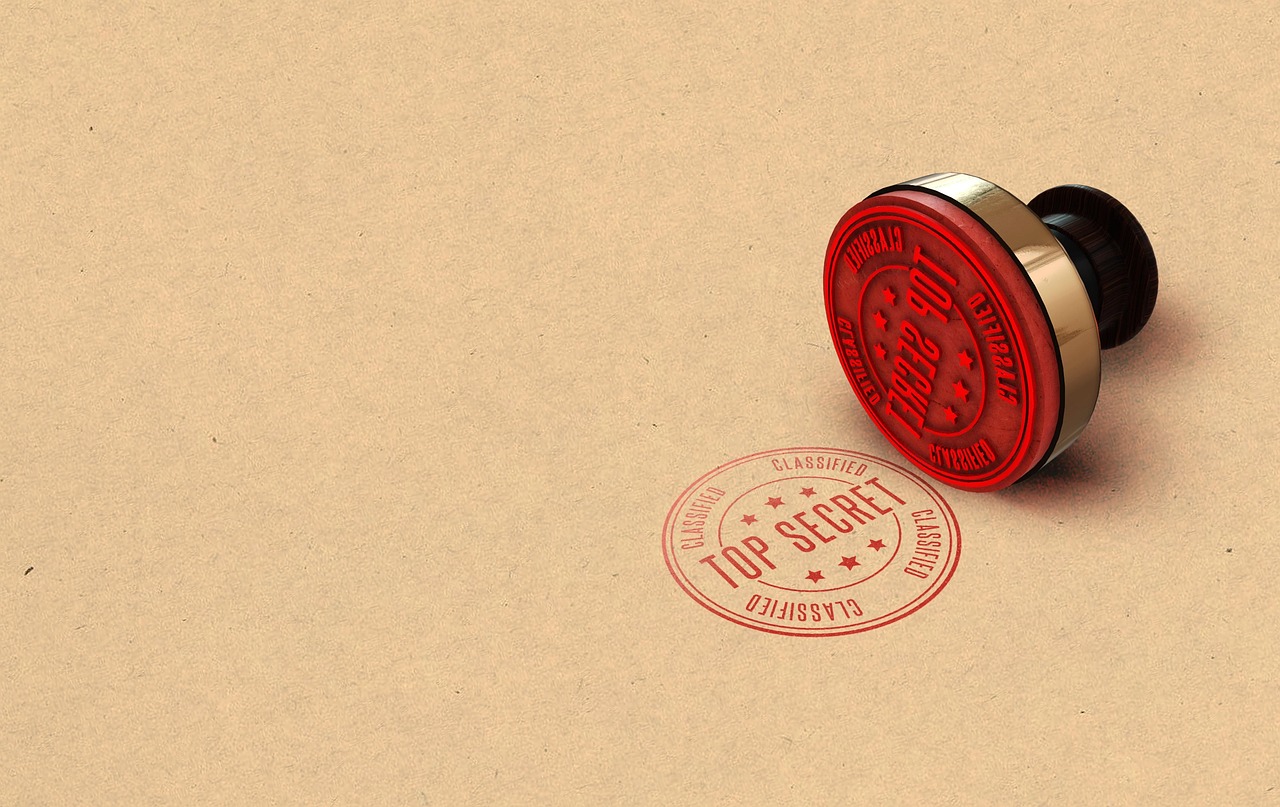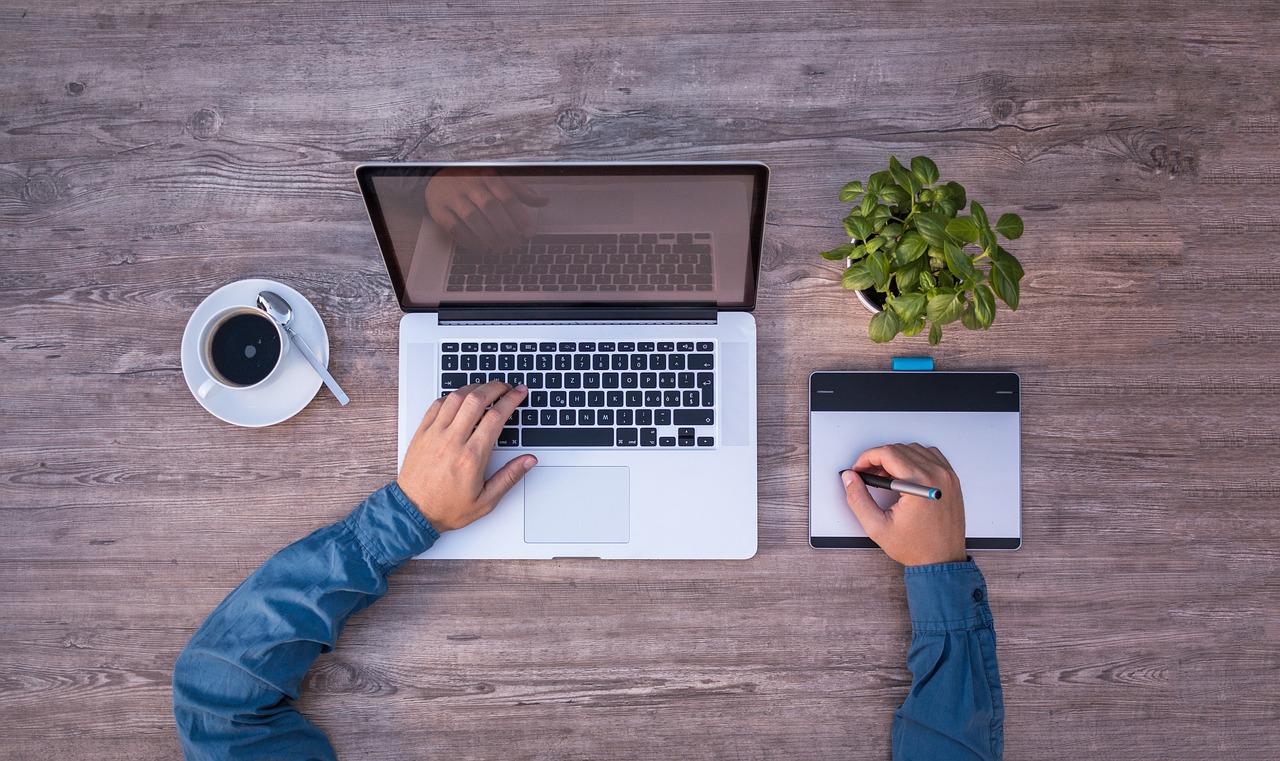
In the rapidly evolving digital art landscape, Non-Fungible Tokens (NFTs) have emerged as a groundbreaking innovation, transforming how art is created, sold, and owned. As NFTs continue to gain traction globally, the demand for collaborative tools that cater to NFT designers is rising. These tools not only facilitate the creative process but also enhance efficiency, ensuring a seamless workflow for artists working together across different locations.
Collaboration tools are essential for NFT designers who often work in teams to combine diverse skills such as animation, graphic design, and blockchain technology. This article delves into some of the most effective collaboration tools available today, providing insights into how they benefit NFT designers and the broader digital art community.
The Rise of NFT Collaboration Tools
The global NFT market has witnessed exponential growth, with artists and creators leveraging blockchain technology to tokenize their work. This shift has necessitated the development of specialized digital tools that enable seamless collaboration among NFT designers, who often work in decentralized and cross-disciplinary teams. These tools are designed to manage various aspects of the creative process, from initial brainstorming to final deployment on blockchain platforms.
Key Features of NFT Designer Collaboration Tools
Effective collaboration tools for NFT designers generally offer a suite of features that cater to the unique needs of digital art creation. Some of the most critical features include:
- Real-Time Collaboration: These tools allow multiple designers to work on a project simultaneously, enabling real-time updates and feedback, which is crucial for maintaining the creative momentum.
- Version Control: Given the iterative nature of design work, having a robust version control system ensures that changes can be tracked and reverted if necessary, preventing data loss and ensuring the integrity of the project.
- Integration with Blockchain Platforms: As NFTs need to be minted on blockchain networks, integration with platforms like Ethereum or Flow is essential for streamlining the process of token creation and management.
- Asset Management: Effective organization and management of digital assets, including images, animations, and 3D models, are vital for efficient workflow and collaboration.
Popular NFT Designer Collaboration Tools
Several tools have gained popularity among NFT designers for their comprehensive features and ease of use. Some of these include:
- Figma: A web-based UI/UX design application, Figma is renowned for its real-time collaboration capabilities, making it ideal for teams working on NFT art projects. Its integration with various plugins and APIs enhances its functionality, allowing seamless transitions from design to blockchain deployment.
- Adobe Creative Cloud: Known for its industry-standard design software, Adobe Creative Cloud offers cloud storage and collaborative features that are crucial for NFT creators. Applications like Photoshop and Illustrator are staples for digital artists, and their cloud-based versions facilitate collaborative work.
- Slack: While not a design tool per se, Slack plays a crucial role in communication among NFT design teams. Its integration capabilities with tools like Figma and Trello make it a central hub for project management and team communication.
- Notion: This tool provides a versatile workspace for project management and collaboration. Notion’s ability to integrate with various design and blockchain tools makes it a valuable asset for NFT teams looking to keep their projects organized and on track.
Global Context and Future Prospects
As NFT adoption continues to grow worldwide, the need for effective collaboration tools becomes even more critical. The global nature of NFT art projects necessitates tools that can bridge geographical gaps, allowing artists from different cultural and technical backgrounds to work together seamlessly. Furthermore, as blockchain technology evolves, these tools will need to adapt to new standards and platforms, ensuring that NFT designers remain at the forefront of digital innovation.
In conclusion, NFT designer collaboration tools are integral to the success of digital art projects in the blockchain era. By facilitating efficient workflows and enabling real-time collaboration, these tools empower artists to push the boundaries of creativity and innovation. As the NFT market matures, the ongoing development and refinement of these tools will undoubtedly play a pivotal role in shaping the future of digital art.


